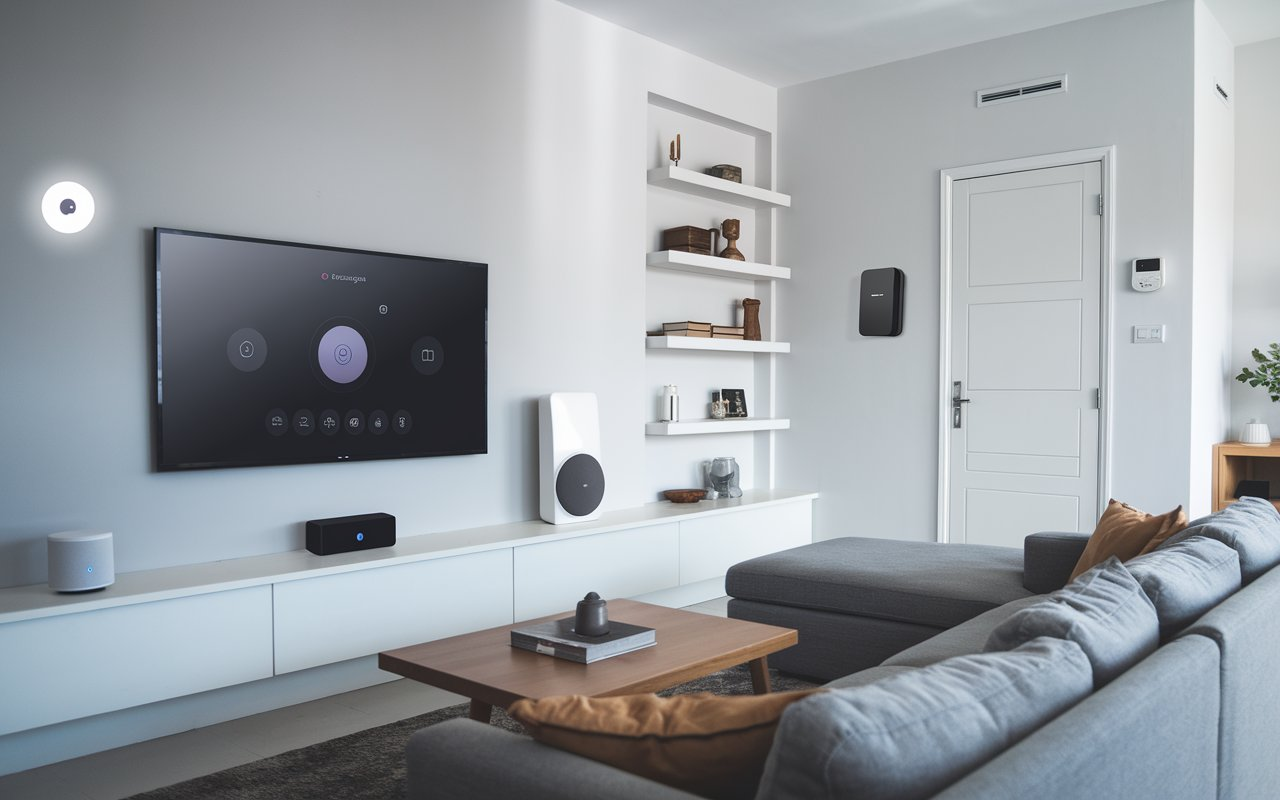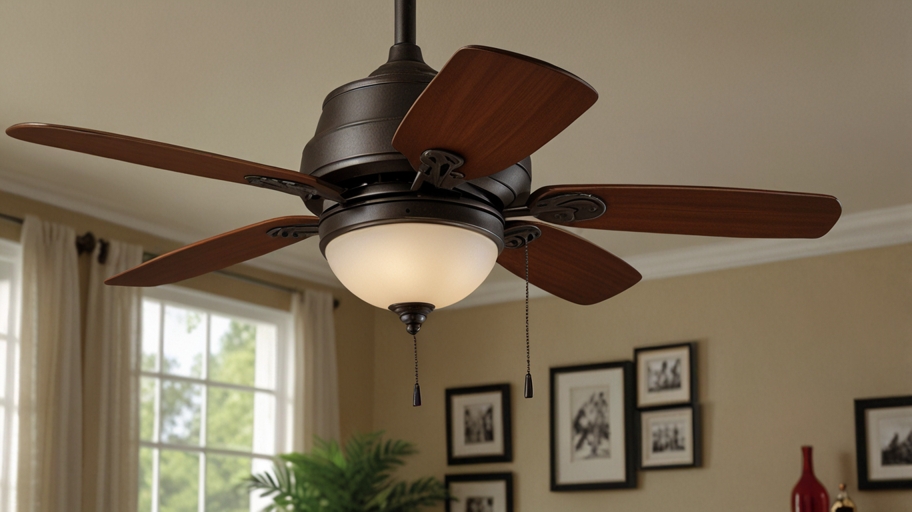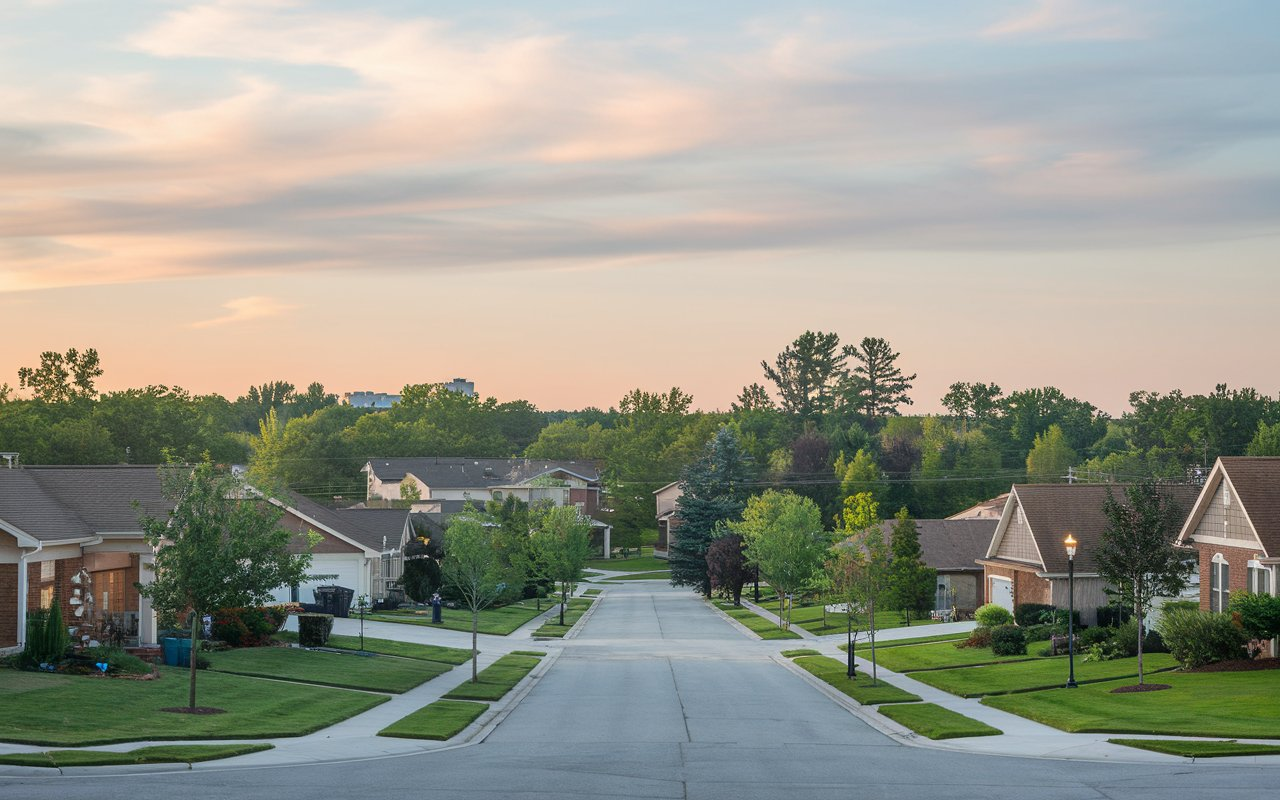Smart home automation has revolutionized the way we interact with our living spaces. From controlling lights to managing security systems, automation platforms like Home Assistant enable seamless integration of various devices.
Two essential elements that often play a pivotal role in smart homes are state_class none and device_class volume. This article will explore how these two components contribute to a smart home setup and why they are vital for ensuring smooth device operations.
What Is State_Class None?
In-home automation, state_class none refers to a sensor or device that doesn’t track its state over time. It doesn’t log historical data but provides real-time information when requested. For example, if you have a temperature sensor, it might continuously update the current room temperature, but with state_class none, it won’t store past temperature readings. This functionality can benefit devices with sufficient real-time data; there’s no need to keep a log of previous states.
By setting state_class none, you ensure your system isn’t overwhelmed with unnecessary data. It reduces memory usage and speeds up system performance. When historical data isn’t needed, state_class none becomes vital for optimizing your smart home setup.
Understanding Device_Class Volume
The term device_class volume refers to a classification that deals with measuring volume. It can refer to any device or sensor designed to track or control the volume of a liquid, gas, or even sound. In smart home automation, device_class volume is often used for sensors like water tanks, gas meters, or sound level monitors.
By defining device_class volume, Home Assistant or other platforms can correctly interpret the data from these sensors, allowing for better automation and control. For instance, a water tank sensor classified under device_class volume will provide accurate measurements of water levels, enabling automated actions such as turning on a pump when the water level gets too low.
Importance of Using State_Class None and Device_Class Volume Together
Correctly classifying each device for optimal performance is essential when integrating them into your smart home. Using state_class none and device_class volume together can create a more efficient system. While state_class none limits unnecessary data, device_class volume ensures that the correct data is collected and interpreted correctly.
Sometimes, a device that measures volume doesn’t need to store historical data. For example, a water tank might only need to provide the current water level without tracking past levels. In this scenario, you could combine state_class none with device_class volume to improve system performance and reduce memory usage.
Practical Examples in Home Assistant
One of the most popular platforms for smart home automation is Home Assistant, where state_class none and device_class volume are frequently used. Let’s dive into a few practical examples of how these components work together in real-world applications.
Example 1: Water Level Monitoring
In a smart home with a water tank, you might use a sensor classified under device_class volume to monitor the water level. By applying state_class none, the system will only report the current water level without saving historical data. This setup reduces the load on the system and focuses on real-time monitoring, which is ideal for this type of application.
Example 2: Sound Level Control
Another application is sound level monitoring, where device_class volume could be used to measure noise levels in a room. If you only need to know the current sound level without tracking previous values, using state_class none would simplify the process. The system would only report the current noise levels, preventing the storage of unneeded historical data.
Why SEO Matters for Smart Home Automation Content
Creating content around state_class none and device_class volume isn’t just about providing helpful information to smart home enthusiasts. It’s also about ensuring this content reaches the right audience through SEO (Search Engine Optimization).
In the competitive landscape of tech content, optimizing your article with relevant keywords like state_class none and device_class volume ensures better visibility on search engines like Google.
SEO-friendly articles should have clear headings, short paragraphs, and naturally placed keywords. In this case, we’ve ensured that state_class none and device_class volume appear organically throughout the content. This helps improve the article’s readability and ensures it ranks higher on search engines, effectively reaching the target audience.
How to Implement State_Class None and Device_Class Volume in Your Smart Home
Now that we understand the importance of state_class none and device_class volume, the next step is implementation. Home Assistant provides a user-friendly platform to add and configure these devices.
- Step 1: Identify Devices – Identify the devices in your smart home that would benefit from state_class none or device_class volume. For instance, if you have a water tank, you’ll need a sensor classified as device_class volume.
- Step 2: Configuration – Once you’ve identified your devices, configure them in Home Assistant. Make sure to define the sensor’s class correctly, either state_class none if you don’t require historical data or device_class volume if you need to monitor volume.
- Step 3: Automation Setup—You can set up automation after configuring the devices. For example, if your device_class volume sensor detects the water level too low, the Home Assistant can automatically trigger a pump to fill the tank.
Optimising System Performance with State_Class None
The primary benefit of using state_class none is optimizing system performance. Tracking historical data for every sensor in large smart home setups with multiple devices can slow down the system. State_class none helps alleviate this problem by focusing on real-time data collection, eliminating the need to store every data point.
Minimizing the amount of stored data frees up system resources, resulting in a faster, more efficient smart home setup. Whether you’re tracking room temperature, water, or noise levels, state_class none ensures that your system remains responsive without sacrificing functionality.
Future Applications for Device_Class Volume
As smart home technology continues to evolve, the application of device_class volume will likely expand. From more advanced sound systems that monitor room acoustics to sensors that track liquid levels in various containers, device_class volume will play an increasingly important role. By classifying devices correctly, you can ensure that your smart home is prepared to handle these future advancements.
Conclusion
The combination of state_class none and device_class volume is a powerful tool in smart home automation, mainly using platforms like Home Assistant. State_class none allows for efficient, real-time monitoring without overwhelming the system with unnecessary data, while device_class volume ensures accurate measurement and control of various volume-based devices.
By leveraging both components, you can create a more streamlined and efficient smart home that meets your needs without sacrificing performance. Whether monitoring water levels or controlling sound systems, properly using state_class none and device_class volume will ensure your smart home runs smoothly and efficiently.
Integrating SEO strategies into your content about state_class none and device_class volume will ensure that your valuable insights reach a broader audience. Users can maximize their automated systems by understanding and implementing these smart home concepts, optimizing functionality and efficiency.
Read More: Discover the Vibrant World of Music Entertainment 20784




